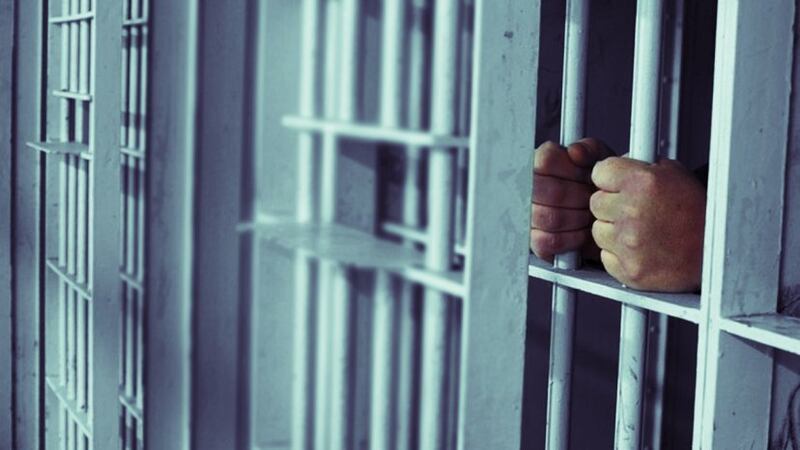A Department of Corrections spokesman admits the justice system is stacked against Māori.
Māori make up 14 percent of the population. Yet, the current statistics are 51% of male prisoners are Māori and 57% of female prisoners are Māori. As a group, Māori have one of the highest rates of imprisonment in the developed world.
Director Māori for the Department of Corrections Neil Campbell admits the justice system is stacked against Māori. “None of this is about creating excuses for offending behaviour. It’s about understanding how these things take shape.” He says if you’re brown, male aged between 19 and 25 years old, you’re more likely to be apprehended than non-Māori. “Within the judiciary you are six times more likely to appear before a judge and you’re eight to ten times more likely for that appearance to end with a conviction, leading to a custodial community based sentence.”
Prisons are also full of people who can’t read and write. It’s estimated 80 percent of people behind bars have a learning disorder. Tutor Grant Wilson spent time in prison for drug offences. After jail he was diagnosed with dyslexia and has learnt since how to cope. He says if his dyslexia had been caught early it may have helped keep him and others in the school system and away from crime. “All those kids who are heading to prison now because of dyslexia, if you had of diagnosed them before with the dyslexia then they could have participated in doing education just like everyone else but you don’t.”
Tony Gibb from The Howard League for Penal Reform says about 80% of inmates who need help with literacy are Māori. “It costs between $700 and $1200 to diagnose dyslexia. It costs approximately $100,000 per year to keep someone in prison.”
The Howard League has 500 retired teachers teaching literacy in prisons and helping prisoners gain driver’s licences.
There are 392 men in prison now because they don’t have their driver’s licence.
Gibb says, “I mean what do you do with young drivers who’ve been caught driving without a licence for the third, or fourth or fifth time. Eventually, they end up going to prison. It works out about $1000 a licence. For that we get them often their birth certificates because they don’t know where they are. Then our teachers will literally take you through the course and they will stick with you while you get your driving licence.”
Again, a driver’s licence cost of $1000 compared with $100,000 to keep a prisoner in jail for a year. “If you can learn to read and write, if you can get your driving licence, if you can come out of jail and know how to do a health and safety issue, there’s jobs out there. If you get a job the chances of you going back to jail is cut in half.”
Academic Khylee Quince says New Zealand is a punitive society. “We have one of the highest incarceration rates of any Western country, which means we send people to prison for much less serious types of offences than they do in other Western jurisdictions or other countries.” She says most kiwis believe people in prison are there because they’re bad, dangerous and violent but that’s not the case. “The majority are actually there for property related offending and drug related offending, not for committing serious harm against other people.”
She says historically Māori have struggled with colonisation, war and land confiscations that stripped away the economic base Māori needed to thrive. Later, through the urban drift and massive job losses in primary production Māori were once again unsettled. Māori as a group have poor health, education and poverty statistics researchers say are drivers to crime.
“One thing that most of the inmates around the world share is their class status. They are mostly poor people but in NZ they are poor people and they are brown people.”
Corrections’ goal is to reduce re-offending by 25% by 2025. Neil Campbell believes it’s achievable, saying “And I truly think it’s only achievable if you involve and include communities, whānau and when I say community, not just Māori community, wider community as well.”

